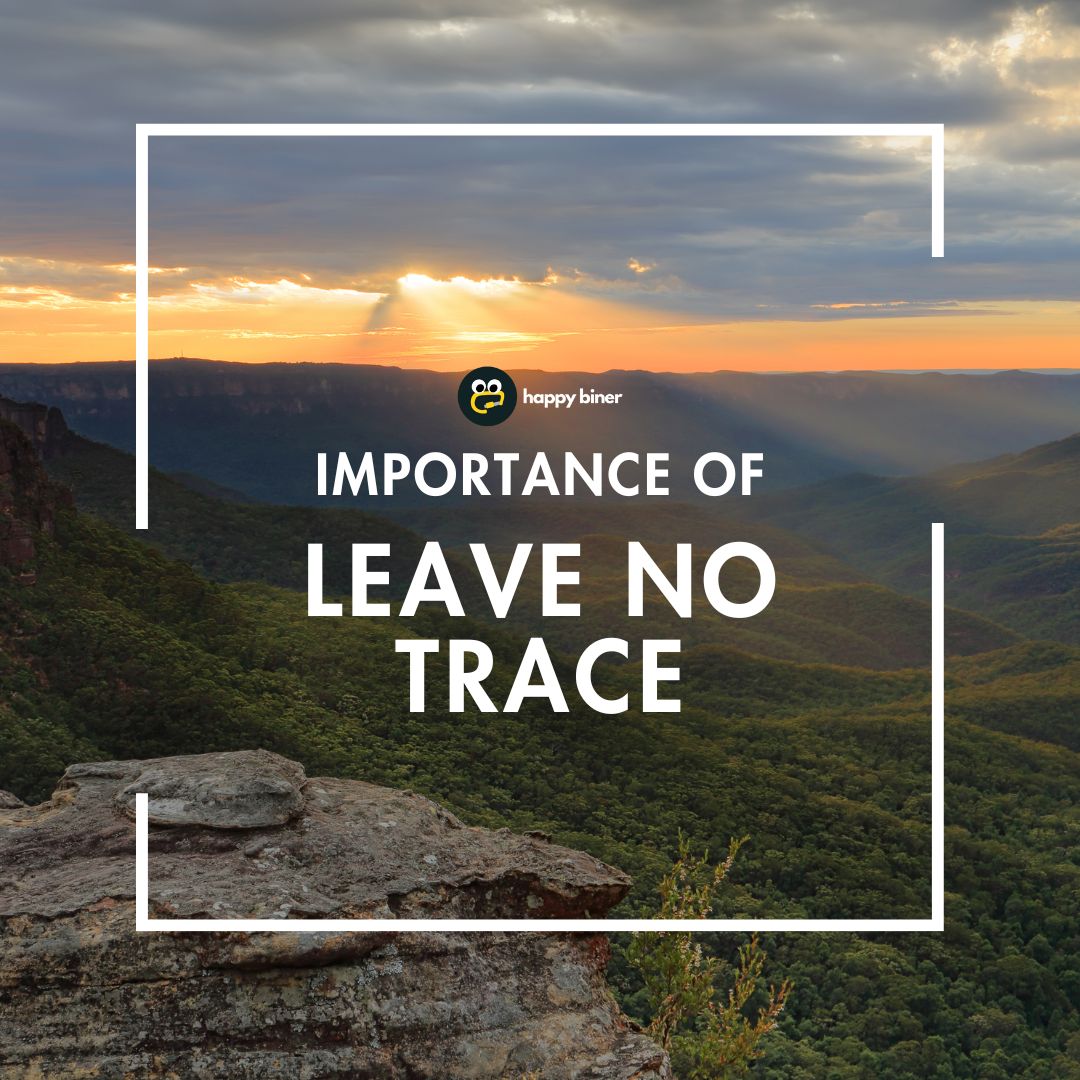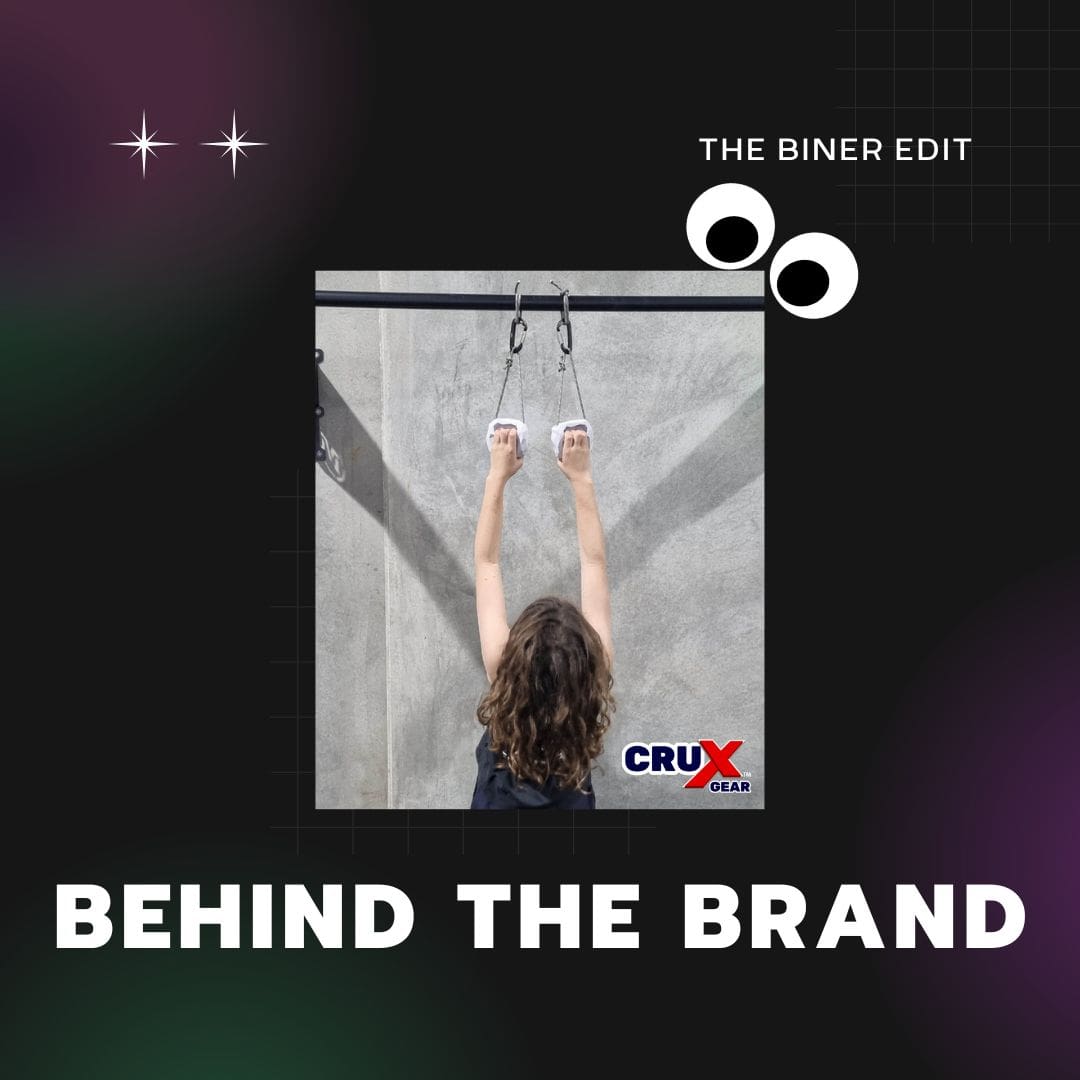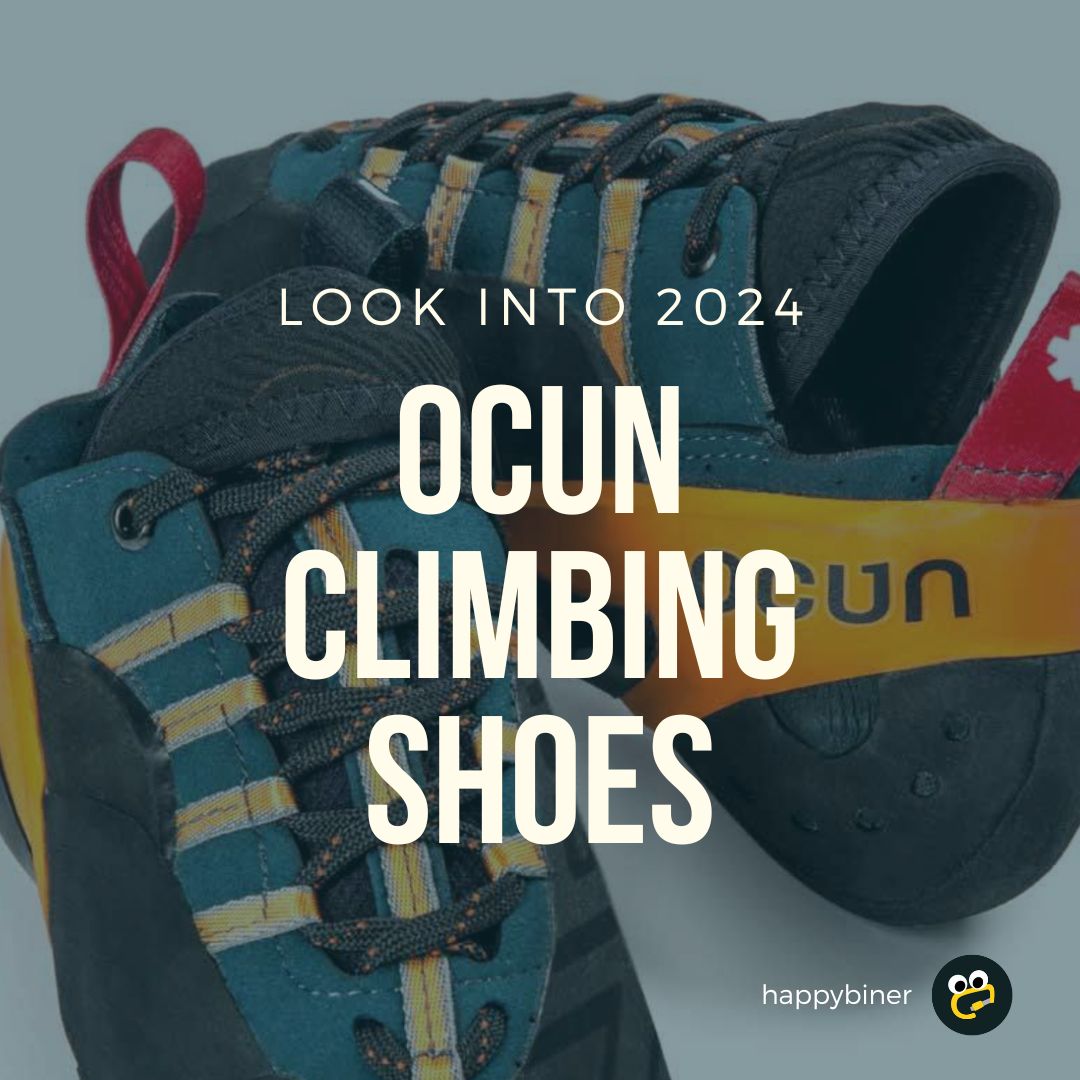Any climber's first upgrade to their evergrowing arsenal of gear is their climbing shoes, and with countless options, finding the perfect shoe for you is a hard task. Even if you are a seasoned climber, you may be looking for more information about which shoe is best for you.
Lucky for you, we provide indepth knowledge about choosing and sizing your climbing shoe so you can achieve the Goldielocks result, mmmm just right..
Quick Read:
- Style
- Asymmetry and Profile
- Sole and Rubber
- Stiffness
- Closure System (Laces vs Velcro)
- Sizing Guides
- Our Recommendations
Style
There are two main types of styles which every climbing shoe falls under: All Rounders and Performance. Each have their own strengths and weaknesses and are used for different purposes depending on your own goals.
All Rounders
Typically more flat than its performance counterpart, it is a great option for beginners and advanced climbers alike. These types of shoes' main strengths are being very comfy and providing lots of support to the entire foot; this means they are great for new climbers looking for their first pair of shoes which won't be painful and also to more experienced climbers looking for comfy shoes when doing multipitches or long climbing routes/sessions. A flatter shoe typically means a stiffer sole which you can read about more down below...
Performance
Designed for advanced climbers looking to take their climbing abilities to the next level by optimising each aspect of their climbing attire. These shoes usually have a tighter fit and more downturned shape aka more aggressive. This shape allows climbers to pinpoint all their weight into their toes for those smaller nubs which route setters love so much.
Asymmetry and Profile
Every shoe has a different shape which makes it better for different things, however the main two you have to keep in mind is the shape left and right (asymmetry) and up and down (profile).
Down below is a nice graphic provided by Ocun which explains the difference:



As a simple rule, climbing shoes for beginners have the flattest profile and least asymmetry. Models intended for advanced climbers try to redistribute force in the shoe with greater precision, which is why they are highly deformed with a large degree of asymmetry and a hooked profile. - Ocún
Sole and Rubber
When you aren't showing off at your local gym/crag by campusing, chances are you're using your feet to climb. This means that you spend most of your time standing on the tips of your sole, whose job is to ensure that it sticks, which means you don't slip.
Each climbing shoe's specialties are determined by what sole is chosen which is very important to consider when choosing a shoe.
Stiffness of the Shoe
Stiffness, meaning how inflexible the shoe can be, is a great indicator of what specialties it will possess. The smaller the edge, the stiffer you want your shoe; having stiff shoes will allow you to exert a lot of pressure into your toes which means you can step up with your entire body weight on your tip toes. Stiff shoes also have more durability since they are thicker, however, less sensitivity meaning you can't feel the rock as much.
On the contrary, soft shoes are less durable, however, they are amazing at allowing you to feel the hold beneath you better. Due to their softness, these types of shoes are very flexible which allow for greater smearing against the hold/rock.
Typically, soft shoes are great for performance climbing/bouldering whereas stiff shoes are all rounders or awesome at face/slab climbing.
Closure System
How do you achieve that tight fit around your foot? Easy! There are two closure systems - laces or velcro. The main takeaway is that it is personal preference, however, keep in mind that laces run the entire way up the shoe; this usually has greater customisability in tightness around the shoe. Whereas, velcro is great if you are constantly taking your shoes on and off, like when you're bouldering...
Ocún Sizing Guide
Lucky for you, Ocun climbing shoes have a very in-depth sizing guide and make it super simple to correctly fit them! I'll explain in three simple steps:
- Measure the sole/bottom of your foot with a ruler/measuring tape in millimeters (sorry to any using the Imperial system!) - e.g. my foot is 245mm long.
- Choose the desire fit and change your size accordingly
- For a snug fit - go down half or a full size
- Normal fit stays the same
- Comfort fit or growing kids go up half a size
- Look up your size in Ocun's conversion chart using the link below:
Our Recommendations
Beginners
Bouldering
All Rounder
Intermediate
Bouldering/Performance
All Rounder
Advanced
Bouldering
All Rounder
Performance
Children Shoes
All Rounder
Performance















Leave a comment
This site is protected by hCaptcha and the hCaptcha Privacy Policy and Terms of Service apply.